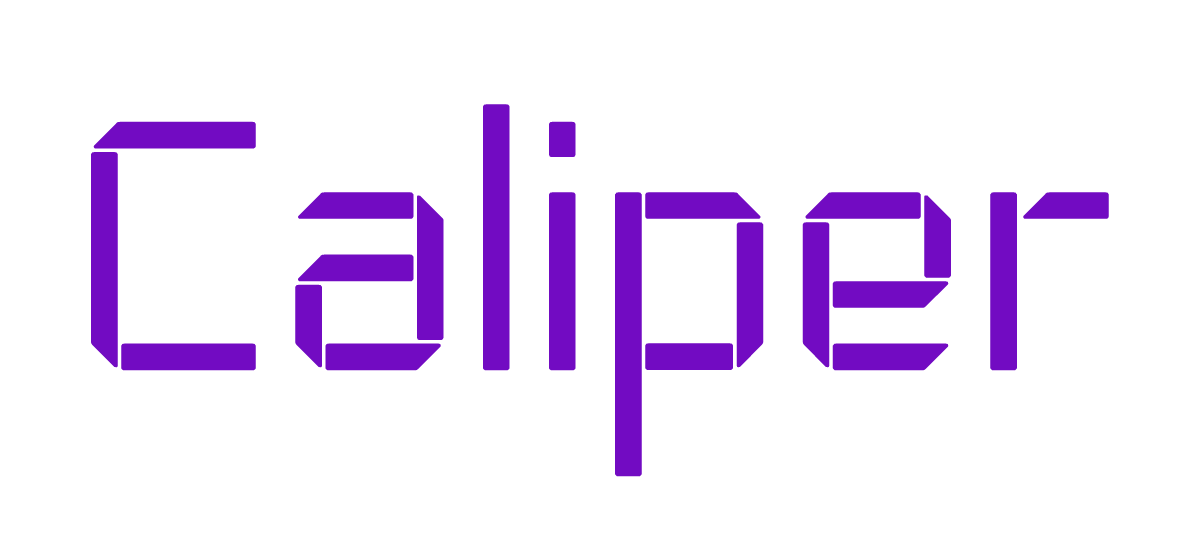Maximizing Returns with Caliper: Why Finance and FinOps Should Care about Cloud Cost Optimization and Consumption Pricing
In recent years, the proliferation of cloud computing has revolutionized the way businesses operate. Between Snowflake and AWS, the offering is now unparalleled scalability, flexibility, and cost-effectiveness. However, as organizations increasingly rely on AWS and Snowflake cloud services to power their operations, the complexity of managing cloud costs has emerged as a significant concern, particularly for finance departments tasked with controlling and optimizing expenditures and maximizing returns on investment.
Cloud cost optimization and consumption pricing are critical aspects of financial management in the digital age. Here's why finance professionals should pay close attention to these concepts:
1. Cost Efficiency:
Cloud computing offers the promise of cost savings through pay-as-you-go pricing models like AWS and Snowflake. However, without proper optimization strategies in place, costs can quickly spiral out of control. Finance departments must actively monitor cloud usage and expenditure to identify opportunities for optimization and cost reduction. By leveraging consumption-based pricing models, organizations can ensure that they only pay for the cloud resources they use, eliminating waste and improving cost efficiency.
2. Budget Management:
Effective budget management is essential for financial stability and long-term success. Cloud cost optimization allows finance teams to accurately forecast and allocate budgets based on actual AWS and Snowflake usage patterns and demand fluctuations. By understanding how different factors impact cloud costs, such as resource utilization, storage requirements, and data transfer volumes, organizations can develop more accurate budget forecasts, optimize and avoid unexpected expenses.
3. Cost Transparency:
Cloud cost optimization enables greater transparency and visibility into spending patterns, empowering finance professionals to make informed decisions about resource allocation and investment prioritization. By implementing robust cost tracking and reporting mechanisms, organizations can identify areas of overspending or inefficiency and take corrective action to optimize and align cloud usage and spend with business objectives.
4. Competitive Advantage:
In today's competitive business landscape, agility and innovation are critical drivers of success. Cloud cost optimization allows organizations to redirect cost savings towards strategic initiatives such as product development, market expansion, or customer acquisition. By leveraging consumption-based pricing models, businesses can scale their operations rapidly and efficiently, gaining a competitive edge in the marketplace.
5. Risk Mitigation:
Uncontrolled cloud costs pose a significant risk to financial stability and operational continuity. Finance departments must proactively manage these risks by implementing cost optimization strategies and monitoring AWS and Snowflake spending closely. By leveraging consumption-based pricing models, organizations can mitigate the financial risks associated with cloud usage, ensuring that expenditures remain within budgetary constraints and aligned with business objectives.
In conclusion, cloud cost optimization and consumption pricing are essential considerations for finance professionals seeking to maximize returns on investment and drive long-term financial success. By implementing robust cost management strategies and leveraging consumption-based pricing models, organizations can achieve greater cost efficiency, budget transparency, competitive advantage, and risk mitigation in the rapidly evolving digital landscape. The key is that these consumption pricing arrangements must be monitored closely. That is where Caliper comes into play. With Caliper, Snowflake and AWS customers can see unparalleled visibility into cost usage by warehouse, query, or user to enable data driven decisions.
As businesses continue to embrace cloud computing as a core enabler of growth and innovation, finance departments must adapt their practices to effectively manage cloud costs and drive value for the organization. By embracing cloud cost optimization and consumption pricing using Caliper, finance professionals can position their organizations for success in the digital age.

